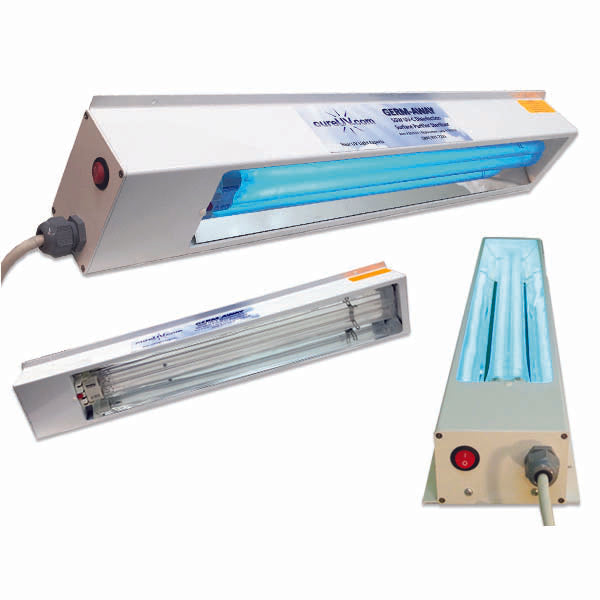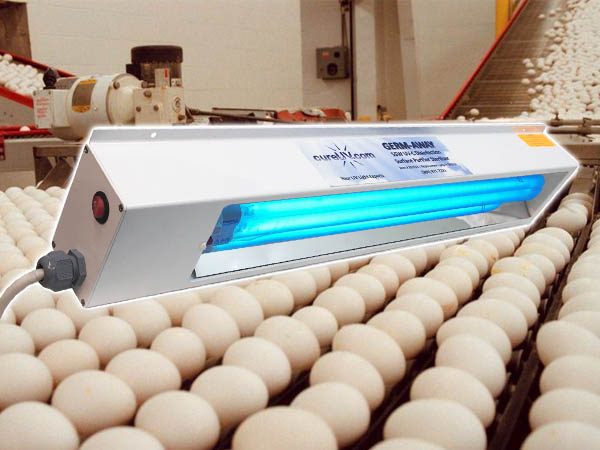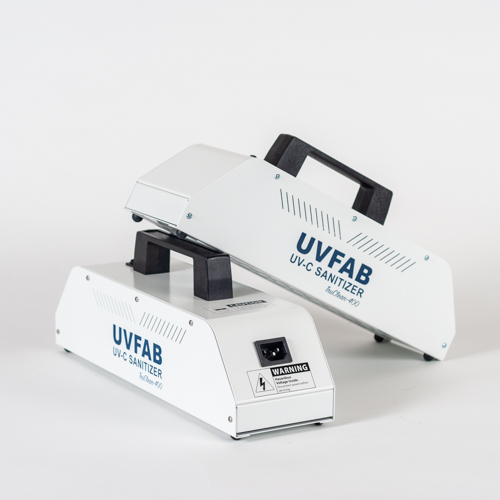Discover the Benefits of UV Surface Disinfection: Reliable and Eco-Friendly Cleanliness
Checking Out UV Disinfection: An Important Tool in the Fight Against Harmful Microorganisms
As the globe encounters an ever-increasing risk from hazardous virus, the search for effective techniques of disinfection has become an urgent priority. One such technique that has actually amassed considerable interest is UV sanitation. In this conversation, we will dig right into the globe of UV sanitation, uncovering its potential as a vital device in the fight versus damaging pathogens.
Just How Does UV Sanitation Work?
UV disinfection functions by using ultraviolet (UV) light to remove dangerous virus and prevent their spread. This extremely reliable technique entails the usage of UV radiation to interfere with the DNA and RNA of microbes, rendering them unable to reproduce and causing their ultimate destruction.
When UV light is made use of for sanitation, it is typically sent out from a lamp or light bulb that creates a specific wavelength of UV-C light. uv surface disinfection. This wavelength, ranging from 200 to 280 nanometers, is particularly efficient at passing through the outer cell wall of bacteria, infections, and other microbes. Once inside the cell, the UV radiation targets and harms the genetic material, protecting against the bacterium from replicating and creating infection
UV disinfection systems are designed to send out the appropriate intensity and period of UV light to ensure reliable microorganism removal. The dose of UV light required for sanitation relies on aspects such as the sort of microbe, its resistance to UV radiation, and the specific application. In addition, the system should be very carefully engineered to ensure appropriate exposure of the target pathogens and to avoid any type of prospective harm to people or the setting.
The Advantages of UV Disinfection
UV disinfection supplies a plethora of advantages in successfully getting rid of unsafe virus and lessening the danger of infection. Among the main advantages of UV sanitation is its capability to supply a eco pleasant and chemical-free remedy. Unlike conventional disinfection approaches that depend on chemicals, UV sanitation uses ultraviolet light to damage the DNA and RNA of microbes, rendering them unable to recreate and cause infections. This chemical-free approach makes certain that no harmful residues are left, removing any kind of prospective wellness threats related to chemical disinfectants.
Another substantial benefit of UV sanitation is its effectiveness in eliminating a wide variety of virus. UV light has been verified to effectively get rid of microorganisms, viruses, fungis, and protozoa, consisting of those that are immune to standard anti-bacterials. This broad-spectrum performance makes UV sanitation a flexible tool in different settings, such as medical care centers, water therapy plants, and food handling sectors.
In addition to its efficiency, UV disinfection also offers quick disinfection cycles. Unlike other approaches that require extended call times or repetitive applications, UV sanitation can accomplish considerable virus decrease immediately. This efficient and quick procedure enables for enhanced performance, minimized downtime, and enhanced overall functional efficiency.
Moreover, UV disinfection is a non-contact method, which indicates that it does not require straight physical contact with the surfaces or things being decontaminated. This function makes it appropriate for use on fragile tools and delicate products that might be harmed or impacted by other disinfection approaches.
Applications of UV Disinfection in Health Care

UV sanitation is likewise utilized in the sterilization of clinical tools and tools (uv surface disinfection). The high strength of UV light can properly eliminate bacteria, infections, and other bacteria, ensuring that clinical tools are risk-free and complimentary from pollutants. In addition, UV sanitation is utilized in water therapy systems within healthcare centers. UV light can suspending hazardous bacteria, infections, and bloodsuckers, making the water risk-free for consumption and decreasing the danger of waterborne infections.
In addition, UV disinfection technology is utilized in the sanitation of health care uniforms and individual protective equipment (PPE) By utilizing UV light, health care specialists can make certain that their attires and PPE are without microorganisms, stopping the transmission of infections in between patients and health care employees.
UV Disinfection in Public Spaces
Public areas are significantly applying UV disinfection technology as an important action to deal with the spread of hazardous microorganisms. With the recurring worldwide pandemic and the constant risk of contagious illness, the need for reliable sanitation approaches in public locations has actually become paramount. UV sanitation supplies a effective and dependable solution in this regard.

UV disinfection systems utilize ultraviolet light to deactivate the DNA and RNA of germs, infections, and various other pathogens. This procedure disrupts their ability to replicate and make them harmless. These systems can be mounted in numerous public areas, consisting of cooling and heating systems, escalators, elevators, and surface disinfection robots. Using UV sanitation technology in public areas not just assists in lowering the danger of infection yet likewise instills self-confidence amongst the general public concerning their safety.
As public areas remain to adjust to the obstacles posed by transmittable conditions, UV sanitation technology plays a vital role in ensuring a secure and clean environment. By implementing such procedures, public areas can efficiently reduce the spread of harmful pathogens and add useful link to the total health of the area.
The Future of UV Sanitation Technology
As the demand for boosted disinfection techniques remains to grow in response to the ongoing global pandemic and the consistent danger of transmittable illness, the future of UV sanitation innovation holds appealing innovations in making sure a lot more efficient and efficient virus elimination in various setups.

One area of innovation is the growth of even more portable and mobile UV disinfection tools. Furthermore, innovations in automation and robotics are being discovered to boost the performance and effectiveness of UV sanitation processes.
One more area of exploration is using UV sanitation in air filtration systems. By incorporating UV-C lights right into a/c systems, airborne virus can be successfully counteracted, reducing the risk of transmission in indoor settings.
In addition, scientists are examining making use of UV sanitation in food handling facilities to make certain the safety and top quality of food products. UV-C light has actually visite site been discovered to be effective in eliminating foodborne microorganisms, using a chemical-free choice to typical disinfection methods.
Final Thought
Finally, UV sanitation is an important tool in the battle against damaging microorganisms. Its performance in killing microorganisms, viruses, and various other bacteria makes it an important innovation in health care settings and public spaces. With its capability to offer a chemical-free and eco pleasant method of sanitation, UV modern technology holds great possible for the future. Its widespread application can contribute to the avoidance of infections and the improvement of public health.
UV disinfection systems are created to give off the proper strength and period of UV light to guarantee efficient virus elimination. The dose of UV light needed for sanitation depends on elements such as the kind of microorganism, its resistance to UV radiation, and the details application. Unlike typical sanitation techniques that count on chemicals, UV sanitation makes use of ultraviolet light to destroy the DNA and RNA of microbes, making them incapable to duplicate and trigger infections.In enhancement to its efficiency, UV disinfection additionally uses rapid disinfection cycles. One of the main applications of UV disinfection in medical care is in the sanitation of patient spaces and operating theaters.